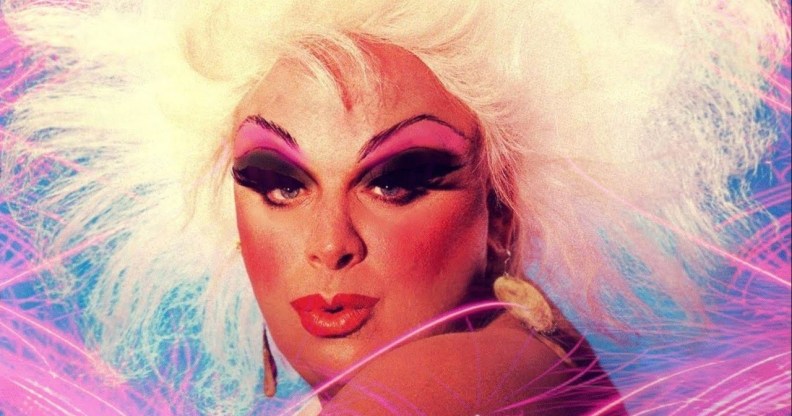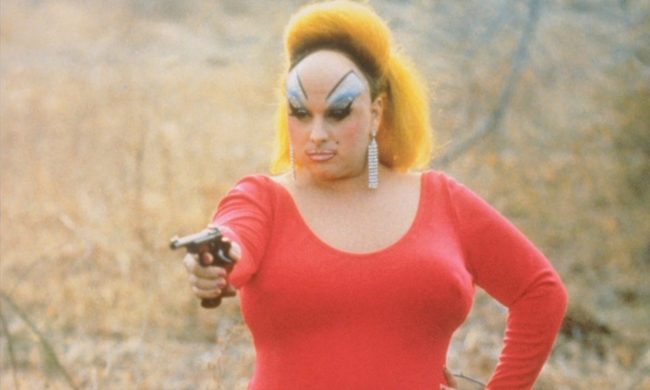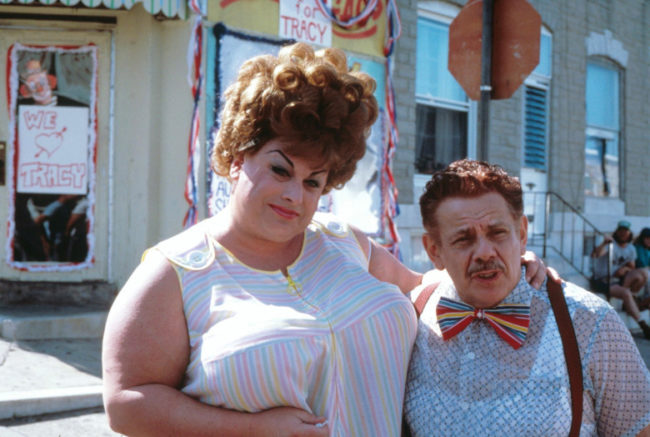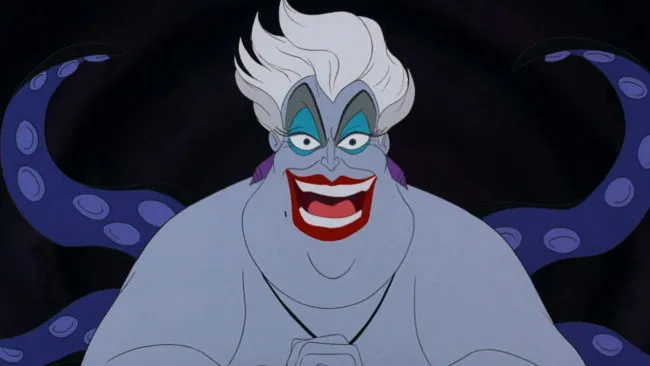Meet Divine, the drag queen that inspired one of Disney’s most iconic villains

Divine is considered a drag icon (Bellaphon)
She’s big, she’s bold, she’s brash. An evil queen with enough iniquitous energy to inspire fear and awe in equal measure. No we’re not talking about The Little Mermaid‘s Ursula. We’re talking about Divine.
Born Harris Glenn Milstead on October 19, 1945, Divine was dubbed the “Drag Queen of the Century” by People magazine, establishing herself as an icon on the drag scene.
The Charm City queen was known for her irreverent, unconventional style. She was known to masturbate with dead fish, perform a song called “Journey to the Center of Uranus,” and curse her parents on stage.
According to her manager Bernard Jay, Divine displayed “Trash. Filth. Obscenity. In bucket-loads.”
A queen and a muse
Deviating from the glamour-driven drag scene of 1960s Baltimore, and embracing the countercultural scene, Divine became the muse of film director John Waters. It was this friendship that would eventually propel Divine towards the limelight.
Waters christened his friend “Divine” and described her as “the most beautiful woman in the world, almost.”
The film director helped craft his friend’s image, creating an alternative beauty queen.

Divine challenged the conventional drag queen aesthetic (Palace Pictures)
“John wanted a very large woman,” Divine told NPR’S Fresh Air in 1988, “because he wanted the exact opposite of what normally would be beautiful.
“He wanted a 300-pound beauty, as opposed to a 110-pound beauty. He wanted, as I’ve been called, inflated Jayne Mansfield.”
Divine ripped up the rulebook for drag aesthetic, setting a precedent. “He broke every rule,” Waters told Baltimore Magazine. “And now every drag queen, every one that’s successful today is cutting edge.”

Divine starred in the 1988 version of Hairspray (New Line/Kobal/REX/Shutterstock)
It wasn’t long before Divine and her off-stage persona landed roles on stage and on screen, including an appearance in 1988 film Hairspray.
Divine achieved chart success too, with hits such as “Walk Like A Man” and “I’m So Beautiful.”
The making of an iconic villain
And then, in 1989, the “trashy” queen made her breakthrough in the world of animation, with the release of one of Disney’s most iconic movies: The Little Mermaid.

Ursula is one of Disney’s most iconic villains (Disney)
After numerous iterations of the villainous witch Ursula were rejected, a sketch of a “vampy overweight matron”—by animator Rob Minkoff— won over playwright Howard Ashman.
And according to in-depth research into the making of the sea witch by the publication Hazlitt, everyone agreed that the villain looked like Divine.
Unfortunately, Milstead never saw the villain come to fruition, passing away on March 7, 1988—the year before the movie’s release in November 1989. But documentarian Jeffrey Schwarz, who produced and directed the 2013 documentary I Am Divine, is convinced that Milstead would have “wanted to play the part himself.”

